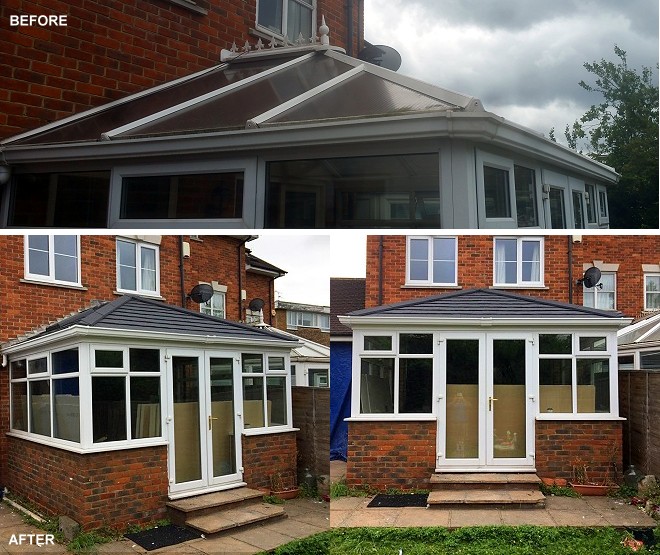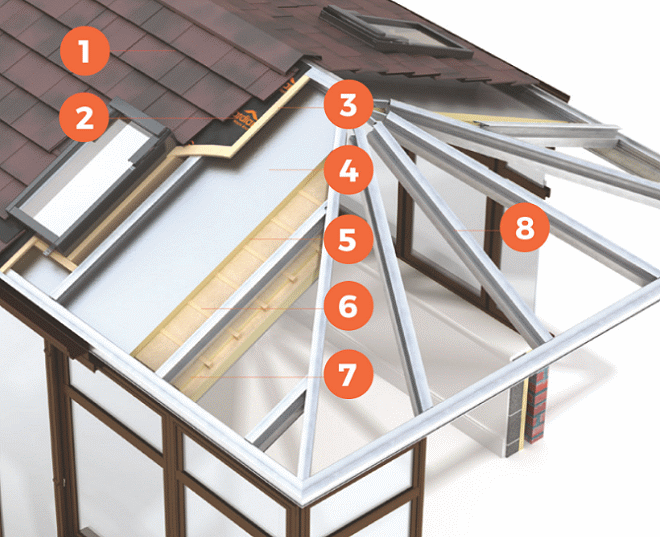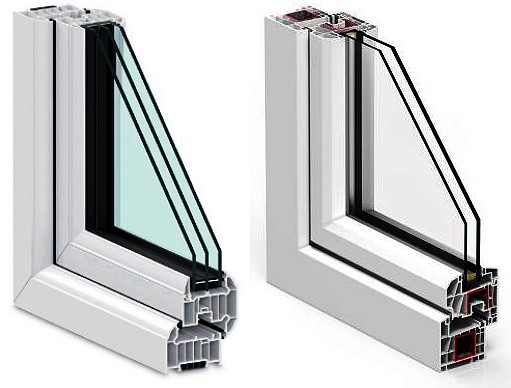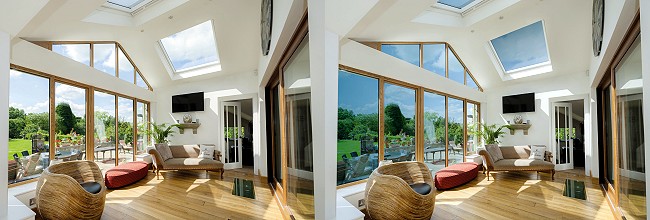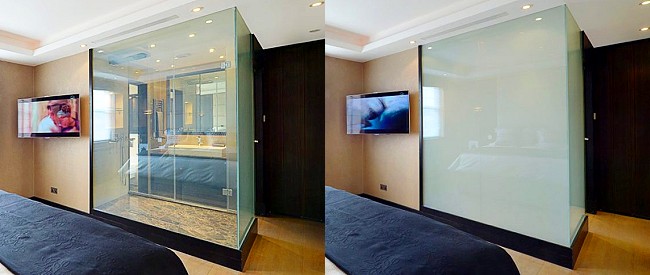For the glass and glazing industry, the transition from winter to spring and summer to autumn often sees an influx in customers asking why they are seeing external condensation on their windows, especially from those with higher performing, low-emissivity glazing. While some homeowners may see it as a nuisance, external condensation is a tell-tale sign that energy-efficient windows are actually doing their job.
However, if condensation is appearing on the inside surface of your windows or between the panes of double or triple glazing, this is for a very different reason.
You can download our CERTASS Consumer Guide to Condensation below:
EXTERNAL CONDENSATION
External condensation happens because of the dew point – the temperature at which air can’t hold any more water vapour, causing droplets of liquid water to form. When the air next to a piece of glass reaches this temperature (which varies with humidity) condensation forms on the surface.
External condensation is more common with modern, high performing, low-emissivity (low-e) glazed windows, as the outer pane is colder as a result of heat being retained inside the home. With single or older double-glazed windows, more heat is passing through, warming the outer pane and reducing the likelihood of external condensation. An analogy is frost on roofs – those with good loft insulation can remain frosted for a long time, while those without quickly defrost.

This phenomenon is more likely to happen in the spring and autumn, when cold morning and evenings combine with high levels of humidity in the air.
Not all panes are affected by early morning condensation, even in the same window. Small differences in the orientation and the position of objects outside, such as trees or a close building, can change the surface temperature of the glass to the point that one pane suffers and another doesn’t.
There is little that can be done to avoid condensation to the outside of the window entirely without specialist glazing. However, its occurrence doesn’t tend to last for long. Once the window pane warms from the sun, the moisture evaporates and the condensation clears. The air movement from a gentle breeze can also help to clear it. You will find that as the weather warms (spring) or cools (autumn) the phenomenon simply disappears.
CONDENSATION IN BETWEEN PANES
Condensation within the cavity of a sealed unit is likely to indicate a failure of the edge seal. You will usually notice a misting or “steamed up” effect inside the gap between the panes of the sealed unit. In this case, the sealed unit has broken down and will need replacing. Sealed units are designed to last many years, but occasionally may break down due to some external factor or a manufacturing default or simply due to age. If your windows are still under guarantee, then you may be able to have your broken down unit replaced under your guarantee.
CONDENSATION ON THE INSIDE
All air contains water vapour, but the amount of water air can hold is determined by the temperature of that air. This ratio is called the relative humidity. Hot air is able to carry much more moisture than cold air, so as the temperature of air rises it is able to hold a greater volume of water. The water comes from everyday activities including bathing, cooking and washing. Even our breathing causes condensation, and this is why your car will steam up when you sit with the windows closed and the fan off.
As soon as warm air, containing vapour, hits a cooler surface, it will condense. This is most obvious on windows, mirrors and wall tiles, but condensation can also gather on walls and ceilings and often go unnoticed. The only way of preventing condensation is to provide ventilation. The warm air, containing the water vapour, will rise and circulate around the room until it finds a cooler surface, unless we let that air out and some cooler air in.
In order to ensure that there is good ventilation in your home, a change of air is recommended in all rooms of the house at least once a day, and ideally more often. Install extractor fans at the sources of water vapour such as the bathroom and kitchen. Increasing the room temperature so that the air can hold more water vapour without condensing can also help.
- Ventilate your home regularly and open your windows. If you have trickle vents, leave them open.
- Fit an extractor fan, and use it: ensure your bathroom fan is working while you are bathing and showering, use your kitchen extractor fan when you are cooking.
- Avoid drying washing indoors. If you have a tumble dryer, ensure it is properly vented or use a self-condensing model.
- If the condensation still remains a problem, use a dehumidifier.
Want to know more technical details about condensation? We recommend this online article from St Gobain here. Plus AXA Insurance have put together a thorough guide about condensation – what causes it and how to stop it. If you need any further help then give us a call on (020) 8868 1133 or drop us an email – we look forward to hearing from you soon!



